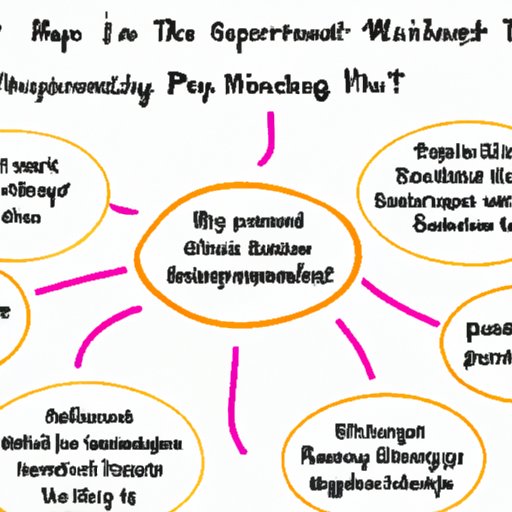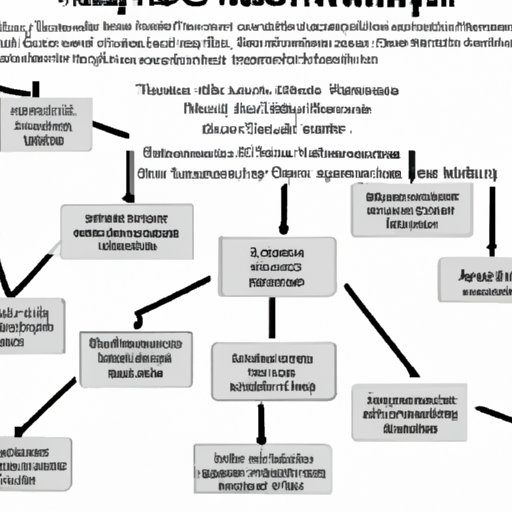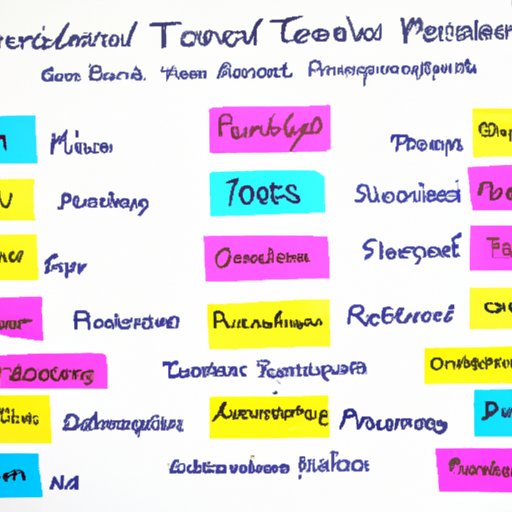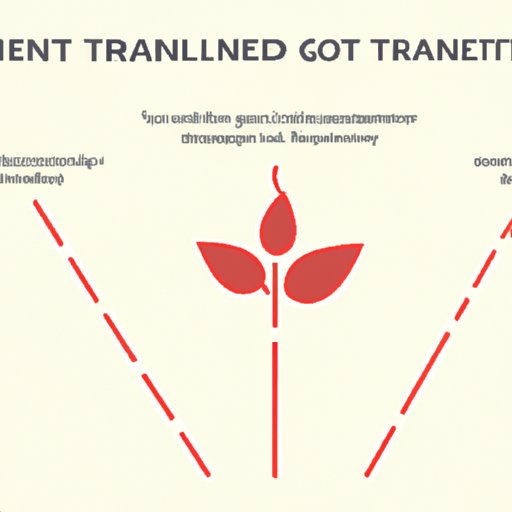Introduction to Talent Mapping
Talent mapping is a powerful tool that has become increasingly popular within the corporate world. It is a process used by organizations to identify, assess, and develop their existing and potential talent pool. By understanding the skills and competencies of their employees, companies can create effective recruitment and retention strategies, as well as identify opportunities for professional growth and development.
What is Talent Mapping?
At its core, talent mapping is a process used to evaluate and analyze the skills, competencies, and potential of current and potential employees. It is a way for companies to understand the strengths and weaknesses of their workforce, and to identify areas where they can make improvements or adjustments. Through talent mapping, organizations can gain valuable insight into the talent pool within their organization, and use this information to create effective recruitment and retention strategies.
How Does Talent Mapping Benefit Organizations?
Organizations can benefit immensely from talent mapping. By understanding the skills and competencies of their employees, companies can better align their goals and objectives with the needs of their workforce. Additionally, talent mapping can help organizations create more effective recruitment and retention strategies, as well as identify opportunities for professional growth and development.

Benefits of Talent Mapping for Recruitment and Retention
One of the primary benefits of talent mapping is that it can improve the hiring process. By understanding the skills and talents of current and potential employees, organizations can ensure that they are bringing on individuals who are best suited for the job. This can help reduce turnover rates, as well as increase employee engagement and satisfaction.
In addition to improving the hiring process, talent mapping can also enhance retention strategies. Organizations can use talent mapping to identify high-performing employees and provide them with the support and resources they need to stay engaged and motivated. This can help boost morale and increase productivity within the organization.
Exploring the Basics of Talent Mapping
To effectively utilize talent mapping, organizations must first define key skills and competencies. This includes identifying the skills needed for each position, as well as the overall competencies required for success within the organization. Once these have been established, organizations can then assess their current talent pool to determine which individuals possess the necessary skills and competencies.
The next step is to identify any gaps in skills and knowledge. This involves looking at the current talent pool and determining which areas need improvement or adjustment. By doing so, organizations can create more effective recruitment and retention strategies, as well as identify opportunities for professional growth and development.
Implementing a Successful Talent Mapping Strategy
Once the basics of talent mapping have been explored, organizations must then develop an effective talent map. This involves gathering and analyzing data, such as job descriptions, performance reviews, and employee surveys. It also requires utilizing technology to streamline the process and make it more efficient.

Leveraging Talent Mapping to Enhance Career Paths and Professional Growth
Organizations can use talent mapping to understand their employees’ goals and objectives, as well as establish clear professional development plans. This can help employees identify opportunities for growth and advancement within the organization, as well as give them the guidance and support they need to reach their goals.

Utilizing Talent Mapping to Identify and Develop Key Strengths
Talent mapping can also be used to evaluate existing talents and identify areas for improvement. By doing so, organizations can create development plans for employees that focus on their individual strengths and weaknesses. This can help employees become more effective and productive, as well as give them a sense of purpose and direction.
Using Talent Mapping to Uncover Hidden Talent and Potential in the Workplace
Finally, organizations can use talent mapping to uncover hidden talent and potential in the workplace. By discovering untapped resources, organizations can encourage collaboration and build morale among their employees. This can lead to increased engagement and productivity, as well as improved overall job satisfaction.
Conclusion
Talent mapping is a powerful tool that has become increasingly popular within the corporate world. It is a process used by organizations to identify, assess, and develop their existing and potential talent pool. By understanding the skills and competencies of their employees, companies can create effective recruitment and retention strategies, as well as identify opportunities for professional growth and development. Additionally, talent mapping can be used to uncover hidden talent and potential in the workplace, which can lead to increased engagement and productivity.
(Note: Is this article not meeting your expectations? Do you have knowledge or insights to share? Unlock new opportunities and expand your reach by joining our authors team. Click Registration to join us and share your expertise with our readers.)
